


Specifications Pre-painted PVC & ABS
Size Total length: approximately 180mm
Moving parts All 25 locations
Optional Parts Transparent display base
GEO Arm + GEO Arm (short) 4mm joint (non-moving) x 6 pieces Wings (for flight)
JAN 4537807170033
General Manager of Modeling Matsumura Shinobu
Mobile Machining Otsu Atsuya
Prototype production Kira Kazuya
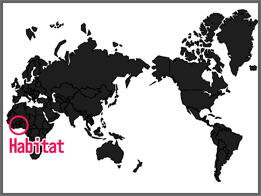

A very large scorpion that lives in the rainforests of western Africa. It is believed to be the world's largest scorpion, and according to legend, it can reach a length of up to 30 cm, although the largest class is usually around 20 cm. Despite their vicious-looking appearance, their toxicity is said to be weak, and the venomous stinger on the tip of their tail, which is noticeably red, is usually not used much. Instead, they use large scissors to catch their prey, which are as powerful as they look and can be quite painful when caught. Its entire body is covered in a mysterious blue-black sheen, and when illuminated by a black light, its entire body glows blue-white, which is quite fantastic. Incidentally, scorpions are considered to be one of the first animals in the history of the earth to move onto land.
©KAIYODO


Specifications Pre-painted PVC & ABS
Size Total length: Width: approx. 140 mm / Height: approx. 73 mm (height to shell)
Moving parts All 10 locations
Used joints 8 x 6 pieces 6 x 4 pieces
Mobile Machining Otsu Atsuya
JAN 4537807170019
Prototype production Taihaya Yamazaki
Executive Producer Matsumura Shinobu


A medium-sized crab commonly found in seaside estuaries and on land south of Honshu.
This species embodies the general image of a crab with its angular body, large scissors, and side walk.
As its name implies, its bright red scissors stand out, but there are also other types that have a pale reddish tint to their bodies.
They are usually active on land, and can live far from water, such as near houses and in the woods.
They are omnivorous, eating everything from small creatures to animal carcasses, dead leaves and fruit, and occupy an important ecological position on small islands.
The larvae grow in the ocean, and at high tide in early summer, females with eggs gather at the shore and shake their bodies in the water to release their larvae into the sea.
©KAIYODO


Specifications Pre-painted PVC & ABS
Size Total length: Total length: approximately 180mm
Moving parts All 25 locations
Optional Parts Transparent display base
GEO Arm + GEO Arm (short)
4mm joint (non-moving) x 6 pieces Wings (for flight)
Mobile Machining Otsu Atsuya
JAN 4537807170033
General Manager of Modeling Matsumura Shinobu
Mobile Machining Otsu Atsuya
Prototype production Kira Kazuya

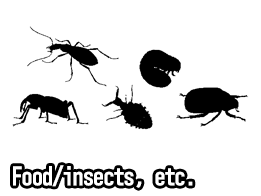
Wasps are distributed mainly in East Asia, and the giant hornet is one of the largest (in Japan, it is the largest species). It is one of the most dangerous insects in the world because of its large size and toxicity, and because it attacks in groups, but it is also one of the strongest hunters, with its venomous stingers, sturdy body, and strong jaws, and can single-handedly catch a mantis. Unlike the yellow hornet, which also builds nests in houses, this species often builds its nests in the soil, such as at the base of trees in forests. Many new queens and kings become nervous and aggressive in the fall, and may attack just by walking near the nest. It's also just about the time they attack the nests of other bees, such as yellow wasps and honeybees. Comes with a display base with a choice of two different arms to hold it securely in both normal and flight.
©KAIYODO


Size Overall length approximately 134mm (in basic position)
Length approximately 227mm (at maximum)
Movable points: all 4 points
Prototype production
Sculptor Kazuya Kira (Kiso Tengai Co., Ltd.)
©KAIYODO


The Japanese UMA(mysterious animal), the tsuchinoko, has been around since the Edo period.
In keeping with this image, it incorporates elements of real-life reptiles and asks the question, "What if tsuchinoko really existed? Modeling with a realistic orientation.
Based on past sightings, the design assumes that the aardvark is a mysterious reptile that is neither a snake nor a lizard, and the fearsome face emphasizes the characteristics of a viper such as a pit viper.


Size: approximately 230 mm in length
Movable points: no movable display models
PP bag with header
Prototype production Matsumoto Eiichiro
©KAIYODO
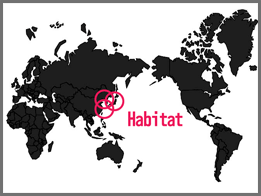
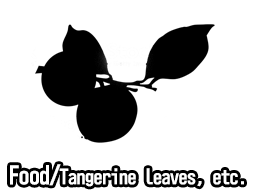
The larvae of the swallowtail butterfly (commonly known as caterpillars), which is one of the most familiar butterflies in Japan and is characterized by its beautiful feather pattern.
Up to the fourth instar larva, it mimics bird droppings to protect itself, but from the fifth instar larva, it transforms into a beautiful green form. The larvae at 5 years of age are represented at approximately 4 times their actual size.


Size: Approximately 150mm in height
Movable parts: 2 points (left and right antennae)
PP bag with header
Sculptor Kazuya Kira (Kiso Tengai Co., Ltd.)
©KAIYODO
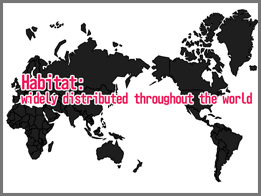

The Okadanbushi, a familiar creature seen in gardens and other places, has been transformed into an unprecedented soft vinyl figure that is nearly 20 times larger than the real thing.
The body surface of this crustacean, which is similar to shrimps and crabs, has been realistically reproduced.


Size: Approximately 160mm in height
Movable parts: 5 points
PP bag with header
Sculptor Shinobu Matsumura
©KAIYODO
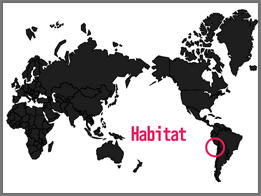

The Humboldt penguin gets its name from its habitat in the Humboldt Current. They are similar to Magellanic penguins, but they do not have a wide black band across their neck, but instead have a thin, white band that runs over their eyes.


Size: Approximately 250mm in length (basic posture), 290mm in length (longest posture)
Movable parts: 9 points in total
Planning and production: Kaiyodo
Sales: Union Creative
Sculptor Shinobu Matsumura
©KAIYODO
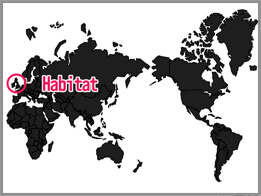

Shinobu Matsumura designed and sculpted the figure based on the new idea that "Nessie is a descendant of a small reptile from the Triassic Period of the Mesozoic Era that adapted to the water," overturning the popular theory that "Nessie is a creature that evolved from a plesiosaur.


